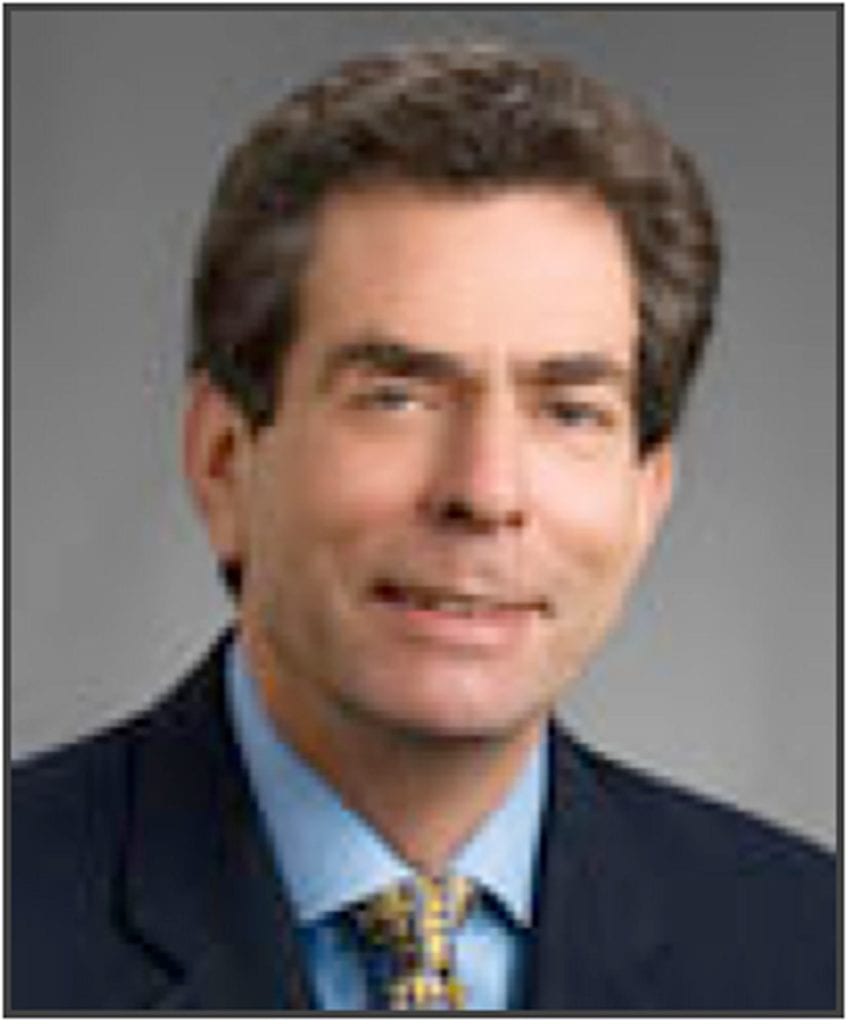 |
What would you have said to Rupert Murdoch before the News of the World scandal?
PR counsel has made a difference for News Corp. in the aftermath of the calamity. But damage control is just that: control.
The question that PR counsel should be asking about their leadership: When I know my boss has traits that are less than desirable and that could harm the enterprise, how can I get his/her attention and prevent the crisis?
During the summer I worked with author Cheryl Strauss Einhorn on an article in Chief Executive Magazine called “Finding and Fixing Your Achilles’ Heel” (July 11, 2011). In the article, CEO types and their flaws are discussed.
Here’s a strictly PR perspective on the types, a few who have the particular flaw and how to counsel. For all categories, the critical issue is having a seat at the table. If you don’t have credibility in the C-suite you won’t be able to find and fix the flaw until it’s too late.
â–¶ The Iconoclast: This type of leader is an entrepreneur who is successful while breaking conventions. Consider two Marks: Facebook’s Zuckerberg and Cuban of the Dallas Mavericks.
Achilles’ heel: Bending or breaking a few rules. Facebook’s privacy issues; and Cuban’s criticism of the NBA.
The Fix: A rapid response PR team that can snap into action when the CEO misfires. Find a board member or outside consultant who can rein in the CEO without diminishing their flair and enthusiasm.
â–¶ The Father Figure: Think chicken and burgers— Purdue’s Frank Purdue and Wendy’s Dave Thomas. And of course in finance, Warren Buffett from Berkshire Hathaway.
Achilles’ heel: It’s either the fear factor or Founders Syndrome. Transitioning to new management from successful, trusted founders and father figures causes unease among stakeholders.
The Fix: Work with the board to develop a step-by-step transition plan well before the CEO decides to leave. PR needs to make this plan public—and make sure the departing CEO truly gets behind the successor via speeches and media appearances.
â–¶ The Risk Taker: Leaders whose personal life poses a risk to the organization or company. Unfortunately many CEOs and politicians fit this category. Two examples: HP’s former CEO, Mark Hurd, and former New York Gov. Eliot Spitzer.
Achilles’ heel: Duh. Ask why the leader’s brains are in their heel or in other body parts. The flaw is that they never think they will get caught.
The Fix: Boards should conduct better due diligence and background checks before offering a job. Periodic ethics training doesn’t hurt, either.
â–¶ The Cult CEO: A leader who is so closely linked to the brand’s DNA that it inspires virtual blind loyalty from employees and consumers. How about the late, great Steve Jobs and Martha Stewart.
Achilles’ heel: A personal issue that can cause calamity in the kingdom. Stewart’s conviction and jail time caused some followers to take a hiatus from her brand.
The Fix: It’s hard. Develop a crisis plan that anticipates such big events and can de-couple or “unstick” the idealized CEO from the brand.
â–¶ Plain Vanilla: A CEO who isn’t flashy but just works hard, stays out of the limelight and makes a ton of money for the company and investors. Examples: former Colgate-Palmolive CEO Reuben Mark and the current CEO of Nestlé, Paul Bulcke.
Achilles’ heel: Until a crisis erupts, this type of CEO won’t have his/her heel exposed.
The Fix: PR should run simulations and make sure that technology is in place that will quickly elevate the CEO’s profile in the event of a crisis.
â–¶ The Executioner: CEOs known for obsession with the bottom line, not the feel-good approach for employees and customers; WellPoint’s Angela Braly focused on profit more than membership and “Chainsaw” Al Dunlap was known for his ability to rapidly downsize an organization.
Achilles’ heel: This style will yield business success but can backfire in loss of reputation and employee morale.
The Fix: Often includes damage control with specific stakeholders. Communicators need to focus on internal messaging to employees (Dunlap) or commitment to the community (Braly).
A caveat: These are not all-or-nothing categories, so you must be prepared for some overlap—and expect the unexpected. PRN
CONTACT:
Andrew Gilman is president and CEO of CommCore Consulting Group, a crisis management and media training agency based in Washington, D.C. Gilman can be reached at [email protected].
